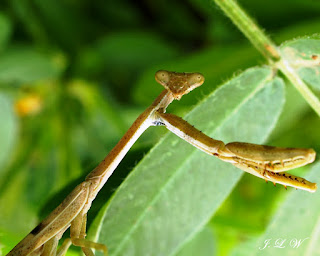 Sunflowers make me happy. Who couldn't love a sunflower? They reach to the sky, towering over me, to greet the morning sun. This was my first time growing sunflowers. I was excited to watch them grow and grow and grow. They were a wonderful backdrop to my garden. The cucumbers escaped their bed and used the thick stalks as a trellis. Then the drooping began. I read-up about when to harvest the heads and patiently waited for the calyx to dry out. One afternoon I discovered that a couple of sunflower heads that had bent to the ground were completely empty of seeds. I'm guessing a rodent of some sort had a very nice lunch!
Sunflowers make me happy. Who couldn't love a sunflower? They reach to the sky, towering over me, to greet the morning sun. This was my first time growing sunflowers. I was excited to watch them grow and grow and grow. They were a wonderful backdrop to my garden. The cucumbers escaped their bed and used the thick stalks as a trellis. Then the drooping began. I read-up about when to harvest the heads and patiently waited for the calyx to dry out. One afternoon I discovered that a couple of sunflower heads that had bent to the ground were completely empty of seeds. I'm guessing a rodent of some sort had a very nice lunch!I decided to harvest the heads and let them finish drying in the safety of the garage. I'm sure the little rodent was disappointed in the loss of their lunch spot, but they'll find plenty of other things to eat in the garden. I was very excited and proud of my first sunflower harvest. Not all the heads lived up to the 'Mammoth' ideal, but I did get a few giant heads filled with plump seeds.
Next was waiting for the heads to dry while I planned how I was going to roast and season the seeds. A week went by and I checked on the stack of sunflowers in the garage and they were covered with mold!! It had been raining all week and the heat had not subsided.
I was not ready to give up hope on my sunflower seed harvest yet! I researched how to dehull the seeds, thinking that the mold was only on the outside of the shell, so that if I could get the kernels out of them they'd still be edible. The plan: put seeds a handful at a time in the food processor, process until shells are cracked open, and then dump into water. The kernels will sink and the shells will float. Brilliant! Executing the plan was not so successful. Processing the seeds long enough to crack the shells and not pulverize the kernels was impossible. Sadly my first sunflower harvest is not going to be successful, but the wildlife are going to enjoy them! Lesson learned: dry sunflowers in a dry place!





















